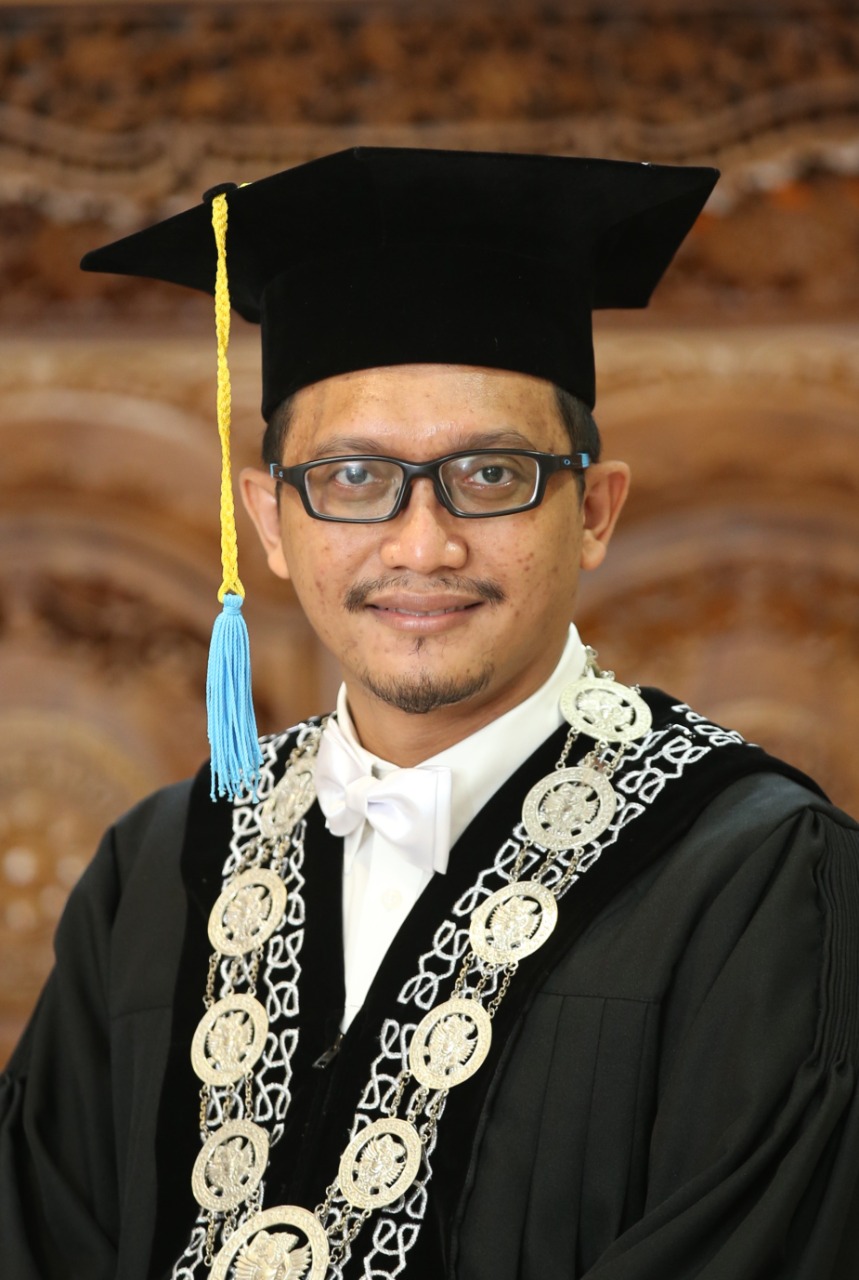Wound Pattern Profile in Deceased Victims of Traffic Accidents in Raden Said Sukanto Bhayangkara Hospital Jakarta from January 2017 until December 2018

Downloads
Highlights:
1. Traffic accidents can cause different types of wounds.
2. Traffic accident victims were predominantly male at the age of 26-45 years old.
3. The most found wounds were abrasions and the most affected area were head and neck.
Abstract
Introduction: A traffic accident is an incident that happens on the road, such as a car crash that started on the road and leads to injury or death or damaged properties in the surrounding environment. Traffic accident injuries have a different pattern from any other events or violence, such as a mechanical injury due to friction with asphalt. The wounds that are usually found on the victims are abrasion, laceration, contusion, and wounds with fracture. About 70% of traffic accidents in Indonesia are happening in Java. The aim of this study was to determine the wound patterns of victims of traffic accidents, particularly deceased victims recorded in the Forensic Department of Raden Said Sukanto Bhayangkara Hospital Jakarta from January 2017 until December 2018.
Methods: This was a descriptive study using secondary data. Consecutive sampling methods were used by using an external examination form obtained from the Forensic Department of Raden Said Sukanto Bhayangkara Hospital Jakarta from January 2017 until December 2018. Age, gender, and wound patterns such as abrasion, laceration, contusion, and wounds with fracture data were taken.
Results: 67 cases of traffic accidents were recorded. Male victims were the most common victims (87.5%) within the age of 26–45 years old (42.18%). Abrasions were the most common wounds found (44.92%) and head and neck region were the most affected area (44.09%).
Conclusion: The deceased victims of traffic accidents were mostly males aged 26–45 years old. The most common wound found were abrasions and the most affected areas were head and neck region.
Kitamura, Y., Hayashi, M. and Yagi, E. Traffic problems in Southeast Asia featuring the case of Cambodia's traffic accidents involving motorcycles. IATSS Research.2018 Dec;42(4):163-170
Másilková, M. Health and social consequences of road traffic accidents. Kontakt.2017;19(1):e43-e47.
Saputra A. Studi Tingkat Kecelakaan Lalu Lintas Jalan di Indonesia Berdasarkan Data KNKT (Komite Nasional Keselamatan Transportasi) dari Tahun 2007-2016. Warta Penelitian Perhubungan. 2018;29(2):179
Pemerintah Provinsi DKI Jakarta. (2013). Jakarta Open Data. [online] data.jakarta.go.id
Oktaviani P. PREVALENSI DAN GAMBARAN POLA LUKA KORBAN KECELAKAAN SEPEDA MOTOR DI INSTALASI FORENSIK RSUP SANGLAH DENPASAR TAHUN 2013. Intisari Sains Medis. 2016;7(1):33-41.
Adebisi A, Ma J, Masaki J, Sobanjo J. Age-Related Differences in Motor-Vehicle Crash Severity in California. Safety. 2019;5(3):48.
Regev S, Rolison J, Moutari S. Crash risk by driver age, gender, and time of day using a new exposure methodology. Journal of Safety Research. 2018;66:131-140.
Kepel F, Tomuka D, Mallo J. Pola Luka pada Kasus Kecelakaan Lalu Lintas di Bagian Ilmu Kedokteran Forensik dan Medikolegal RSUP Prof. Dr. R. D. Kandou Manado Periode Tahun 2017. JURNAL BIOMEDIK (JBM). 2019;11(1):23.
Riandini I, Susanti R, Yanis A. baran Luka Korban Kecelakaan Lalu Lintas yang Dilakukan Pemeriksaan di RSUP Dr. M. Djamil Padang. Jurnal Kesehatan Andalas. 2015;4(2):502 - 508.
Seid M, Azazh A, Enquselassie F, Yisma E. Injury characteristics and outcome of road traffic accident among victims at Adult Emergency Department of Tikur Anbessa specialized hospital, Addis Ababa, Ethiopia: a prospective hospital based study. BMC Emergency Medicine. 2015;15(1).
Angela Z, Tomuka D, Siwu J. POLA LUKA PADA KASUS KECELAKAAN LALU LINTAS DI BLU RSU PROF. DR. R.D. KANDOU MANADO PERIODE 2010-2011. Jurnal e-Biomedik. 2013;1(1):675-685.
Copyright (c) 2022 Evan Boedi Dewanto, Ahmad Yudianto, Magda Rosalina Hutagalung

This work is licensed under a Creative Commons Attribution-ShareAlike 4.0 International License.
1. The journal allows the author to hold the copyright of the article without restrictions.
2. The journal allows the author(s) to retain publishing rights without restrictions
3. The formal legal aspect of journal publication accessibility refers to Creative Commons Atribution-Share Alike 4.0 (CC BY-SA).




























